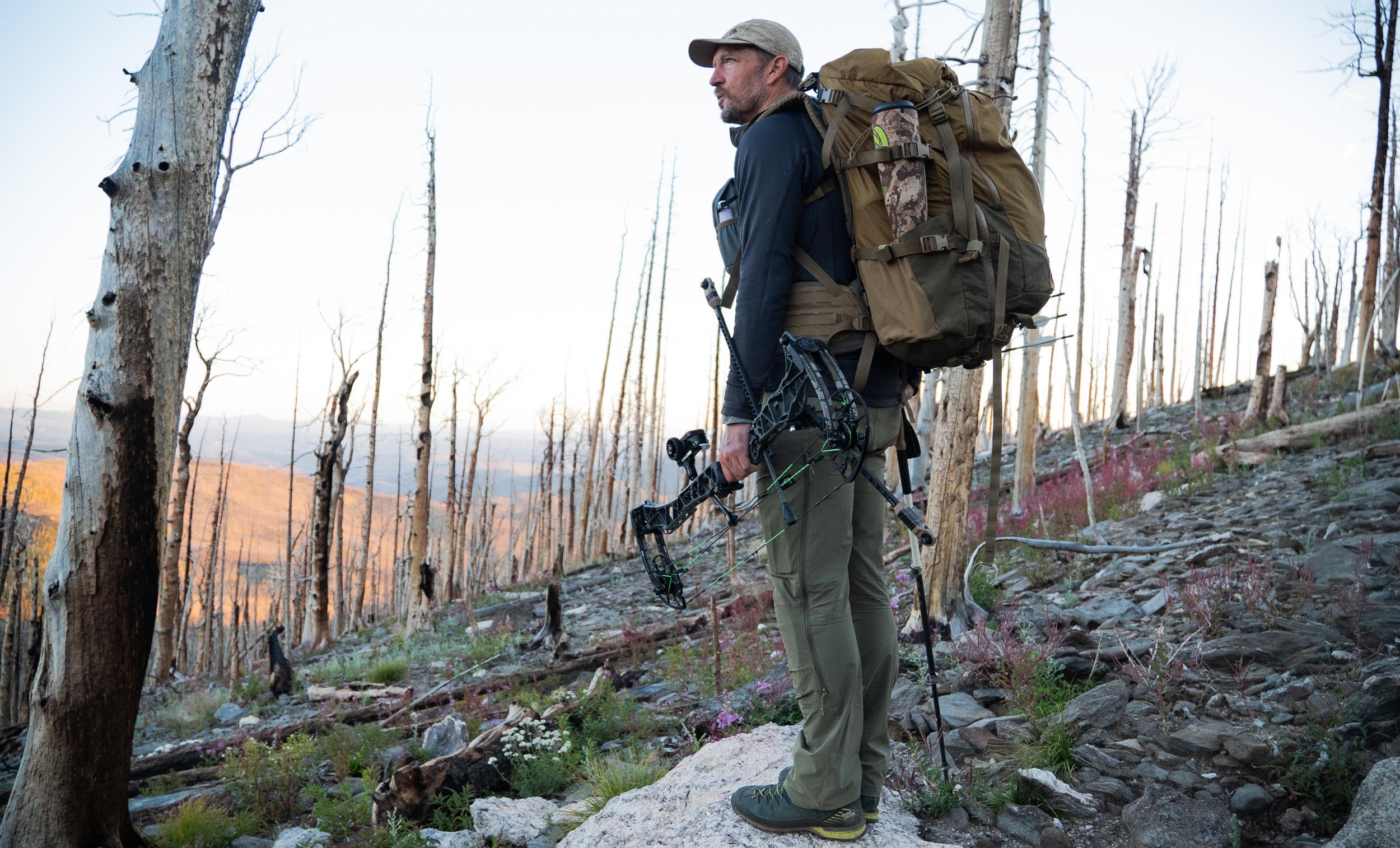




Archery elk hunting can be an incredibly rewarding experience, but it takes careful planning and preparation. Whether you're new to elk hunting or looking to refine your skills, focusing on key elements can greatly increase your chances of success.
Here are the five pillars that I feel every archery elk hunter should prioritize:
Before any hunt, you need to know where you're going. This involves selecting the right unit and pinpointing areas within that unit that are likely to hold elk. Start by researching the hunting unit, checking out GOHUNT's Unit Profiles (especially the comment section), reading forums, and gathering as much information as possible. Look for any bit of information and past hunter experiences.
Reaching out to biologists or game wardens can also provide valuable insights, but it's essential to ask specific questions to get useful answers. Combining online research with personal outreach helps you narrow down potential hunting locations. Make sure to take thorough notes during this process.
Being proficient with your gear and bow is essential. This involves more than just shooting accurately—it includes understanding the components of your bow setup, such as arrows, sights, rests, and broadheads. Tuning your gear and ensuring everything works together seamlessly will improve your performance in the field. Additionally, knowing what gear to bring (and what to leave behind) will make your hunt more efficient and enjoyable. Make sure all your equipment is tested and ready before heading out.
Elk hunting demands physical endurance. Elk are large animals that live in rugged terrain, so being in top physical condition is crucial. This means focusing on cardio, leg strength, core stability, and upper body strength. Being fit ensures that you can cover long distances, carry heavy packs, and still have enough energy to process and pack out an elk if you're successful. Fitness also plays a role in mental toughness, helping you push through difficult moments in the hunt.
After selecting an area and preparing your gear, it's time to plan your hunt. This involves scouting your chosen unit using GOHUNT Maps, noting key features like water sources, bedding areas, and feeding grounds. Map analysis is a three-step process: first, identify boundaries, roads, and trails; second, focus on public versus private land and potential access points; and third, analyze terrain features like slopes, wilderness areas, and burn scars. Elk are often found in areas with a mix of timber, water, and recent burns, so pay attention to these details.
If you have a tag, be sure to utilize all the tools available in your Insider research account. From GOHUNT Maps, to Filtering, Unit Profiles, State Profiles, etc. If you're not an Insider, there's no better time than now to join.
All the planning and preparation lead to this critical moment: taking the shot. A lot of hunters get close to elk but fail to execute when it matters most. Practice shooting under pressure and develop the ability to stay calm when adrenaline is high. Whether it's perfecting your form or honing your mental game, practicing shooting in real-life scenarios will help you make a clean, ethical shot when the time comes.
After drawing a tag, begin with basic research by jumping into the comment sections of our Unit Profiles, reading forums and looking up videos of hunts in your specific unit. Watching these will give you an idea of the landscape and the types of terrain you'll encounter.
Once you’ve gathered enough information, dive into map scouting. Look for public and private land boundaries, road access, water sources, and wildfire scars, which are prime areas for elk habitat. Use terrain analysis to locate flat bedding areas and shaded north-facing slopes where elk tend to bed. Identify glassing points where you can observe elk movements and plan your stalks accordingly.
Once again, don't forget to check the comment section of each Unit Profile on Insider, where members will ask questions or share their feedback and insights on a unit. You can also share and see photos from members who have hunted those units.
Elk hunting is challenging but highly rewarding. By focusing on these five pillars—choosing the right area, mastering your gear, maintaining fitness, planning your hunt, and executing the shot—you’ll set yourself up for success in the field. Careful preparation and continuous learning are essential, but the payoff is an unforgettable elk hunting experience.